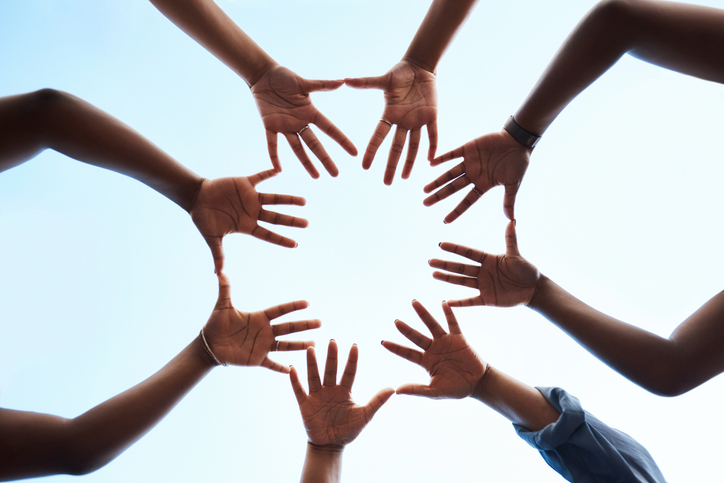7 Ways to Build Authentic Intersectional Leadership in Global Development
August 23, 2023
Focus Areas
Capabilities
Regions
Latin America & the Caribbean
Sub-Saharan Africa


